News in Astronomy 2013
Gaia on a mission to map billions of stars in the Milky Way
16 December 2013
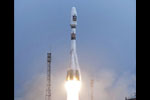 On the 19th of December, the Gaia satellite will be launched and it will make the most precise measurements of the billions of stars in the Milky Way to date. Gaia is an astronomical satellite that measures the positions...
On the 19th of December, the Gaia satellite will be launched and it will make the most precise measurements of the billions of stars in the Milky Way to date. Gaia is an astronomical satellite that measures the positions...
Explosive growth of young star
4 December 2013
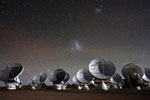 New research from the Niels Bohr Institute, among others, shows that a young, newly formed star in the Milky Way had such an explosive growth, that it was initially about 100 times brighter than it is now
New research from the Niels Bohr Institute, among others, shows that a young, newly formed star in the Milky Way had such an explosive growth, that it was initially about 100 times brighter than it is now
Monster gamma-ray burst in our cosmic neighbourhood
21 November 2013
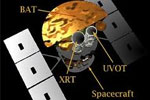 Gamma-ray bursts are violent bursts of gamma radiation associated with exploding massive stars. For the first time ever, researchers from the Niels Bohr Institute, among others, have observed an unusually powerful gamma-ray
Gamma-ray bursts are violent bursts of gamma radiation associated with exploding massive stars. For the first time ever, researchers from the Niels Bohr Institute, among others, have observed an unusually powerful gamma-ray
Quasar observed in 6 separate light reflections
7 August 2013
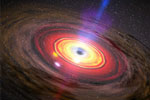 Using a special method where you observe light that has been bent by gravity on its way through the universe, a group of physics students from NBI have observed a quasar whose light has been deflected and reflected in
Using a special method where you observe light that has been bent by gravity on its way through the universe, a group of physics students from NBI have observed a quasar whose light has been deflected and reflected in
New knowledge about early galaxies
3 July 2013
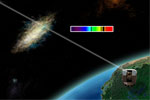 Using new detailed studies carried out with the ESO Very Large Telescope and the Hubble Space Telescope, researchers from NBI have studied an early galaxy in unprecedented detail and determined a number of
Using new detailed studies carried out with the ESO Very Large Telescope and the Hubble Space Telescope, researchers from NBI have studied an early galaxy in unprecedented detail and determined a number of
Rounded stones on Mars evidence of flowing water
30 May 2013
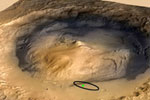 Observations by NASA's Mars rover Curiosity have revealed areas with gravel and pebbles that are characteristic of a former riverbed. Researchers, including members of the Niels Bohr Institute, have analysed their...
Observations by NASA's Mars rover Curiosity have revealed areas with gravel and pebbles that are characteristic of a former riverbed. Researchers, including members of the Niels Bohr Institute, have analysed their...
Researchers close to finding habitable planets
18 April 2013
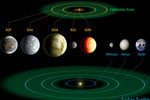 Researchers from the Niels Bohr Institute and Aarhus University are part of a team that has discovered a planetary system with five small planets of which two are super-Earth sized and lie in the habitable zone.
Researchers from the Niels Bohr Institute and Aarhus University are part of a team that has discovered a planetary system with five small planets of which two are super-Earth sized and lie in the habitable zone.
Most distant Type Ia supernova observed
11 April 2013
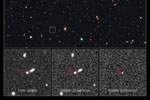 In the quest to find the most distant supernova, researchers have broken the record and observed a supernova that exploded more than 10 billion years ago. This was in the early youth of the universe when it was evolving rapidly
In the quest to find the most distant supernova, researchers have broken the record and observed a supernova that exploded more than 10 billion years ago. This was in the early youth of the universe when it was evolving rapidly
Planck satellite explores the infancy of the universe
21 March 2013
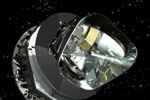 Using new data from the Planck satellite, researchers can now show that the universe is not expanding as fast as previously thought and the universe is 80 million years older than we thought.
Using new data from the Planck satellite, researchers can now show that the universe is not expanding as fast as previously thought and the universe is 80 million years older than we thought.
